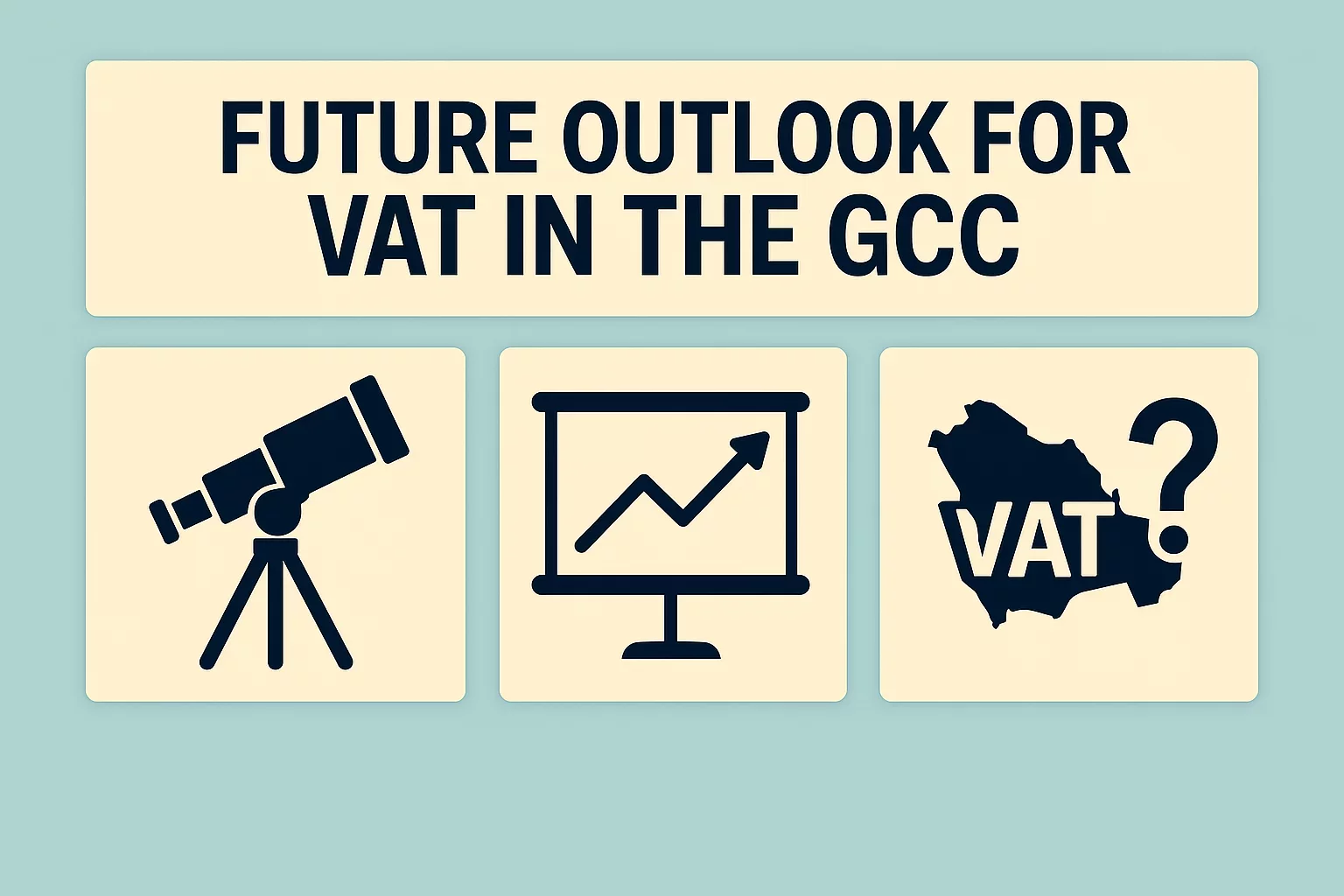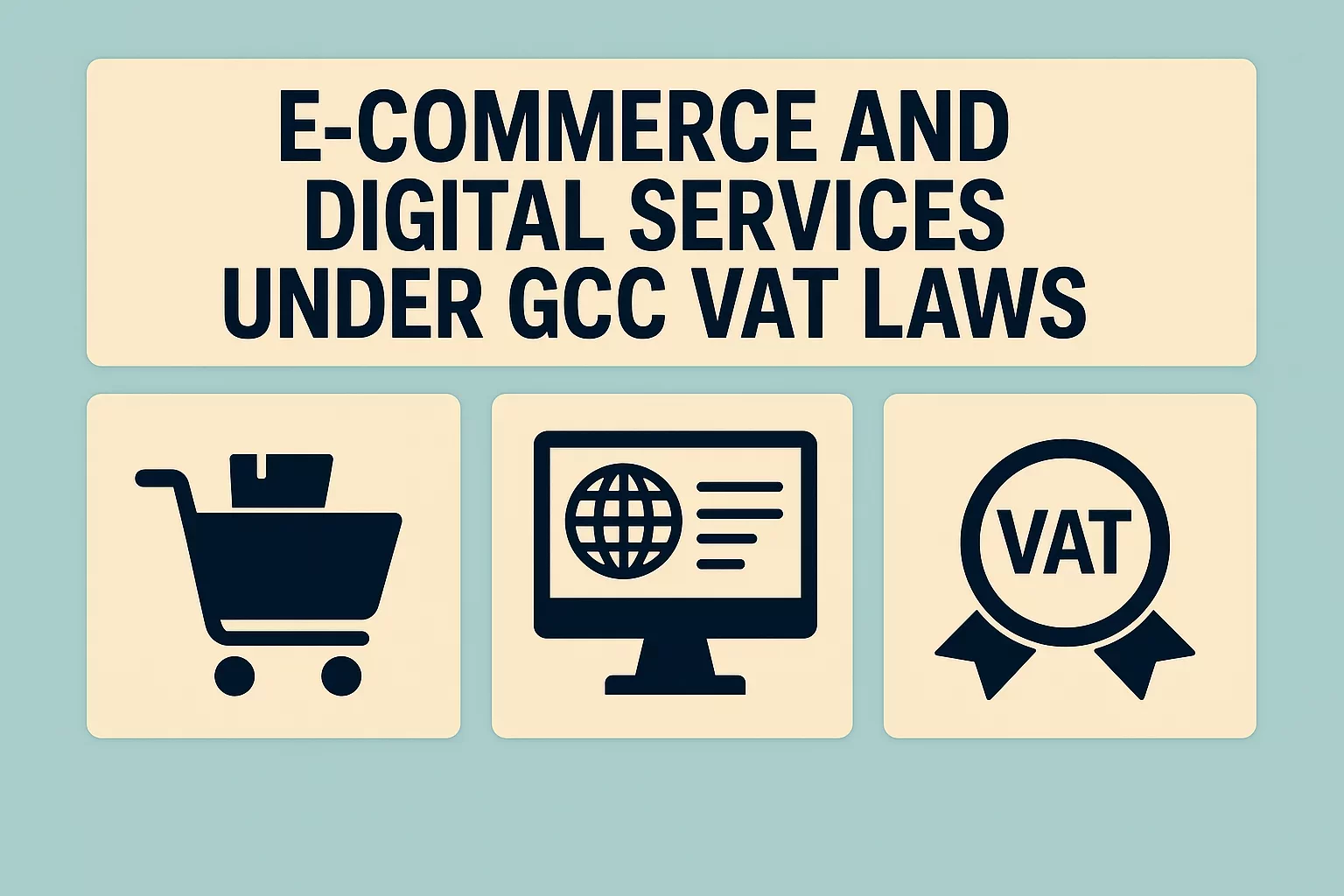The GCC VAT Framework Agreement Explained
Understand the GCC VAT Framework Agreement—its rules, scope, and impact on VAT harmonization across Gulf countries.
Originating from a Supreme Council decision in December 2015 and formally released in mid‑2017, the Gulf Cooperation Council (GCC) VAT Framework Agreement is a pivotal treaty crafted to harmonise consumption taxation across the six GCC countries.
The primary motivation for GCC countries to draft and agree on a unified legal framework for imposing VAT was to promote economic integration and fiscal stability, while also allowing for national discretion in specific sectors, taking into account the diverse national circumstances and financial parameters.
Legal Nature and Objectives of the GCC Agreement
The first thing to note is that a GCC VAT Framework Agreement (Agreement) is a treaty or multilateral agreement among the six GCC countries, rather than a statutory law. Therefore, the legal nature of the Agreement establishes mandatory frameworks and principles that are to be adopted through national VAT laws. However, taxable persons cannot directly rely on the Agreement itself for specific rights or obligations. It is up to the national governments of all six GCC countries to ratify and implement these rules into their domestic legislation.
The primary objective of this Agreement is to promote uniformity in taxation across the Gulf region, simplify cross-border business, and reinforce economic unity as envisioned in earlier GCC integration agreements. To achieve this goal, the Agreement provides consistency in the rules governing the place of supply, registration thresholds, input tax mechanisms, invoice requirements, refunds, and intra-GCC trade treatment.
Structurally, the Agreement comprises 15 chapters and 78 Articles, covering definitions, scope, supply and deemed supplies, place of supply, import rules, exempt and zero-rated supplies, registration obligations, invoicing, returns, refunds, and intra-GCC coordination.
Key GCC VAT Rules: Rates, Registration Threshold, Exemptions
The Agreement emphasizes that each GCC country must implement a standard VAT rate of 5%, while allowing for zero-rating or exempting certain supplies. The application of a zero VAT rate and VAT exemptions is provided for specific sectors, including education, healthcare, real estate, and local transportation. Additionally, GCC countries may apply a zero VAT rate to the oil, oil derivatives, and gas sector.
Regarding the VAT registration threshold, the Agreement stipulates that taxable persons whose annual taxable supplies exceed a threshold equivalent to SAR 375,000 (approximately USD 100,000) or the local currency equivalent must register for VAT. However, taxable persons are allowed to register for VAT voluntarily. Notably, the so-called voluntary registration threshold is set at 50% of the mandatory registration threshold.
Non-resident taxable persons must register for VAT regardless of whether they exceed the threshold if they are engaged in VAT taxable activities within a GCC country. The registration can be completed directly or by appointing a tax representative with the consent of the national Tax Authority.
Provision on the places of supply states that for goods carried by transport, the supply is regarded as made where transportation begins, unless special provisions apply, whereas for services, the general rule is that the place of supply is where the supplier resides. The place of supply rules are crucial as they define the Tax Authority's jurisdiction and whether the intra-GCC reverse-charge mechanism applies.
Under the Agreement, taxable persons must issue tax invoices for every taxable supply, including deemed supplies and advance payments. However, each GCC country may independently define its requirements for invoice content and timing. Nevertheless, the GCC countries must specify a minimum retention period of five years for invoices, books, records, and accounting documents. Additionally, for the real estate sector, the retention period is extended to 15 years.
Cross-Border Transactions and Intra-GCC Trade
One of the key strengths of the agreement lies in its coordinated approach to intra-GCC trade. Distance sales rules require a supplier making B2B or B2C sales to another country to register in that state once certain thresholds are exceeded.
However, the Agreement introduced the exact mechanism as the EU, allowing the application of the reverse-charge mechanism for B2B cross-border service transactions where the customer is VAT‑registered in a different GCC country. Consequently, the VAT is accounted for at the customer side rather than the supplier charging VAT.
Importantly, intra-GCC supplies are typically zero-rated, provided the recipient is VAT-registered in a GCC country and maintains the appropriate documentation, such as customs and transport proofs. Imports into the GCC are generally subject to VAT at the point of entry. At the same time, exports from the GCC are typically zero-rated, provided certain conditions, such as proper documentation and registration of the supplier or customer, are met.
GCC VAT Agreement Implementation
To date, four out of six GCC countries have incorporated the GCC VAT rules and regulations into their national legislation. The United Arab Emirates (UAE) and Saudi Arabia were the first ones to introduce VAT rules on January 1, 2018, followed by Bahrain in 2019 and Oman in 2021. The only two countries that have not implemented these rules are Kuwait and Qatar.
Additionally, Saudi Arabia and Oman increased their standard VAT rates from 5% to 15% and 10%, respectively, marking a significant deviation from the agreed-upon standards.
Compliance and Administrative Obligations for Taxable Persons
As is the usual case, knowing and understanding the core VAT rules is only the beginning of VAT compliance for taxable persons. In addition to determining in which GCC country they must register, once the procedure is completed, taxable persons must issue VAT-compliant invoices containing specific information, such as the supplier's VAT registration number, invoice date, description of goods or services, and the VAT amount charged, for all taxable transactions.
While the Agreement states that the minimum period for submitting VAT returns is one month, countries may allow more extended periods. For example, in the UAE, depending on the turnover, taxable persons may be required to file VAT returns on a monthly or quarterly basis. Those with an annual turnover of less than AED 150 million (approximately USD 40 million) may submit a quarterly VAT return, while those exceeding this threshold must file monthly returns.
Additionally, taxable persons must determine which taxability rules apply to specific sectors or industries, that is, which ones are subject to a zero VAT rate and which ones are exempt from VAT. Furthermore, taxable persons may encounter different penalty regimes for late registration, delayed filings, underreporting, and failure to maintain proper records, among GCC countries.
Finally, the Agreement did not establish a central organization to settle disputes between taxable persons and GCC countries, nor does it address the different treatments of cross-border transactions that may result in double or non-taxation. For businesses operating in the region, this may cause a certain level of legal uncertainty. Therefore, these taxable persons should carefully examine all the compliance and administrative obligations to avoid any potential audits, inspections, or penalties.
Conclusion
While the implementation of VAT across the GCC has progressed significantly, complete harmonization remains an ongoing task. Differences persist among GCC countries in areas such as exemptions, VAT grouping rules, treatment of public services, and application of the reverse charge mechanism.
However, advancement is apparent, and GCC countries, such as Saudi Arabia, the UAE, and Oman, are making steps forward with the implementation of e-invoicing rules. For businesses, these developments offer both opportunities for simplification and the need to remain agile in adapting to changes. The GCC VAT Framework Agreement is the foundational document guiding future integration and harmonization efforts.
Frequently Asked Questions
The GCC VAT Framework Agreement is a treaty among the six Gulf Cooperation Council countries to establish a unified approach to VAT across the region. It was formally adopted in 2017, following a 2015 decision by the Supreme Council.
The agreement includes all six GCC member states: the United Arab Emirates (UAE), Saudi Arabia, Bahrain, Oman, Kuwait, and Qatar. However, only the first four have implemented national VAT legislation to date.
The Agreement permits zero-rating and exemptions in specific sectors, including education, healthcare, real estate, local transportation, and the oil and gas sector, subject to national laws.
Taxable persons, including businesses and individuals, must register for VAT if their annual taxable supplies exceed the equivalent of SAR 375,000 (approximately USD 100,000). In addition to the mandatory threshold, the GCC VAT rules allow voluntary registration starting at 50% of the mandatory registration threshold.
Intra-GCC supplies are generally zero-rated if the customer is VAT-registered and maintains proper documentation, such as customs and transport proof.
While the Agreement sets a minimum filing period of one month, countries may extend this period. For example, the UAE allows quarterly filing for businesses with lower turnover and monthly filing for those with higher turnover.
Source: VATabout - Overview of the VAT in the Gulf Region, UAE Federal Tax Authority, KPMG, The United Arab Emirates' Government Portal


